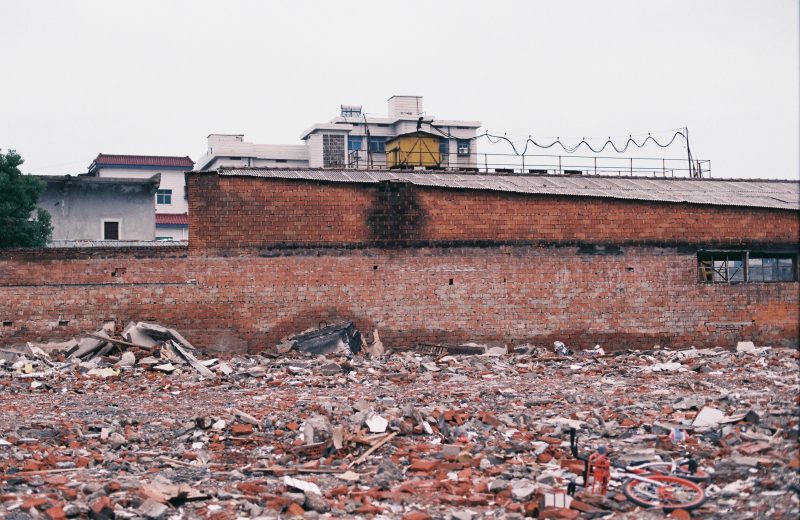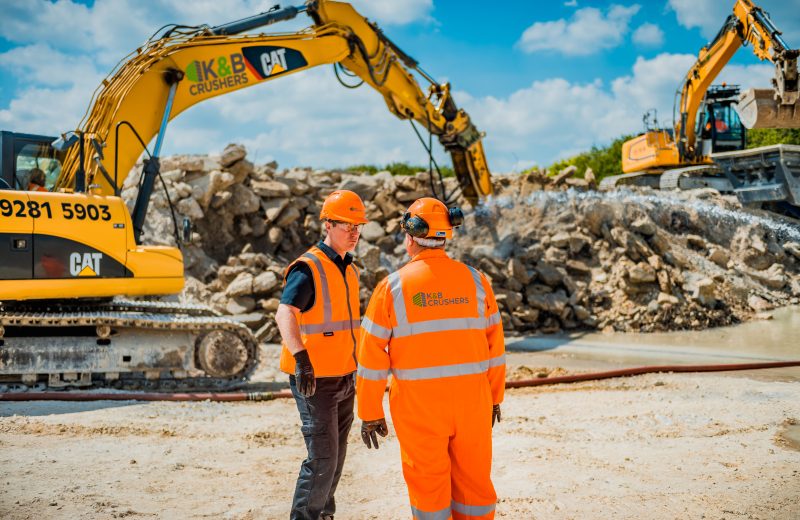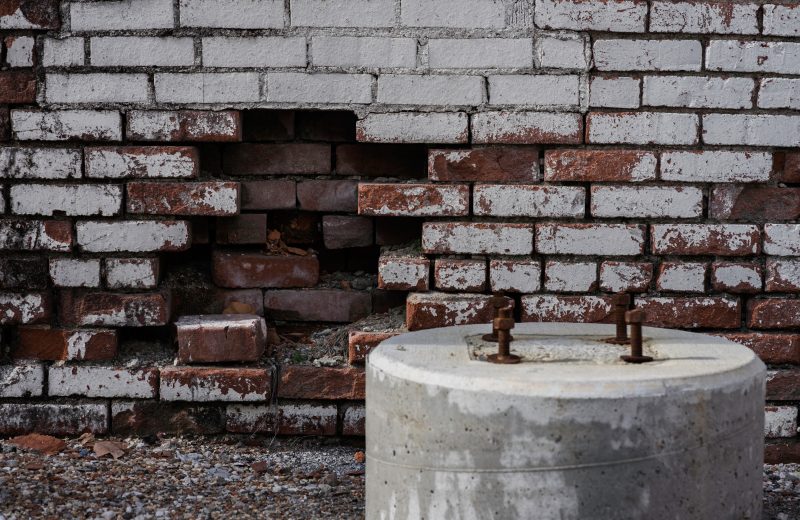Many people will find themselves asking ‘how does a landfill work?’ when clearing out their old rubbish. Landfill sites sit across the globe, all sporting different layouts and designs to meet waste disposal requirements in each location. Some have rubbish placed directly on the ground, whereas landfilling sites will fill a hole beneath the surface.
The intention behind a landfill is to have a dedicated space where waste can decompose away from day-to-day life. Today, landfill sites follow regulations via waste management companies, which follow processes to prevent contamination and disease-carrying pests.
How does a landfill work?
Humans will continue to produce waste as long as we all exist. Even when limiting our usage of products, inevitably, we won’t put a complete stop to the problem and continue to produce waste forever. A landfill is a method that can somewhat help manage the issue, and it begins with how people effectively manage their rubbish at home and work to protect the environment.
Landfills are home to both active and passive waste. All waste is covered with a layer of soil to reduce the volume of non-recyclable solid materials without harming the public or the environment. All landfill sites must be government-licensed.
Designing a landfill
Landfill design can vary with each project, but with the Environment Agency regulating all UK landfill sites to ensure safe operation, there is a general process to follow.
Liners prevent waste or liquid from escaping into surrounding soil and water. Liners often include materials such as plastic or clay.
Cells are usually an area of landfill where waste is disposed of to help spread materials and create layers. Cells will go through different stages, from filling to restoration.
Leachate is a dangerous and harmful liquid created by rainfall and the natural decomposition of waste. A collection system filters through the landfill to prevent the liquid from forming or spreading. The collection system’s job is to direct the leachate to collection sumps so proper removal can occur.
Greenhouse gases, such as carbon dioxide, can be released into the atmosphere due to buried waste and restricted air. Landfill sites must be equipped with gas control systems to follow safety requirements.
After the waste has built up, a cap, often made of clay, is used and put on top to prevent dangerous gases or unpleasant smells from releasing into the local surroundings. Capped areas are then planted with grass and trees, with regular monitoring to limit potential risks.
Waste restrictions
Some restricted waste items are unsuitable for landfill. Here are just a few:
- Infectious medical or veterinary products or waste
- Any liquid waste, especially wastewater (excluding sludge)
- Highly flammable, corrosive, explosive or oxidising materials
- Chemical substances extracted from research or development that have unknown effects
- Waste paper
- Metal
- Plastic or glass that has been separated for collection to prepare for recycling
Landfill tax
Landfill tax is paid on top of usual landfill rates in the form of environmental tax by any business, local authority or organisation that disposes of waste in landfills. Introducing this level of regulation is in place to encourage those using landfill sites to research and use alternative waste disposal, such as recycling.
Better waste management
Despite the negative environmental factors, landfills are crucial for better waste management. A landfill site can help monitor toxic waste that would otherwise harm the environment, and the gases formed from waste breakdown management can create an energy source.
At K&B Crushers, we take recycling seriously. We can gather any unwanted concrete, rubble and construction waste – and turn it into new building materials. We reduce environmental and economic impact and help bring new buildings to life. Get in touch with us today to learn more.



